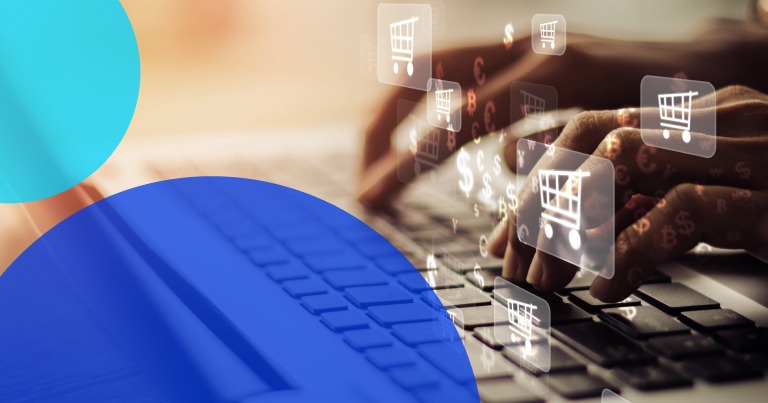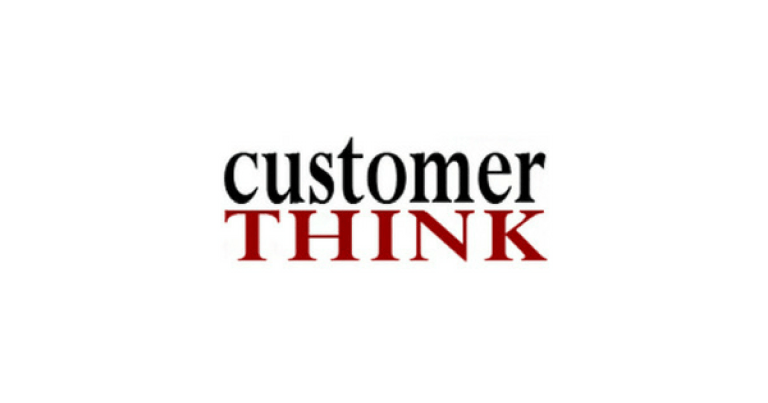Why a Seamless B2B Checkout Experience Matters
Succeeding in B2B digital commerce can be difficult. It can be challenging to determine how to deploy or upgrade eCommerce technology and develop an effective, future-proof B2B eCommerce experience and strategy.
Want to know what steps you can take to deploy a successful B2B eCommerce site that engages customers, builds your brand and grows your business? Digital Commerce 360’s recent report, B2B Ecommerce Handbook: Downloading Digital Designs, outlines important considerations for B2B eCommerce. The top tips include:
Step 1: Understand Your Buyers and Sales Channels
Determine what your customers need and how your eCommerce site can address those needs. How will you ensure your customers have a valuable experience? Understanding your customers’ demands is crucial, and exploring strategies to attract and retain B2B clients in specific industries, such as the hospitality sector, can provide further insights into tailoring your approach.
Step 2: Get Key Stakeholders Involved Early
When planning a new B2B eCommerce site, it’s essential to identify and involve the right internal stakeholders early in the process. This includes representatives from relevant departments such as sales, marketing, IT, finance and customer service. Each team brings a unique perspective that can help shape the site’s functionality, usability and alignment with business goals. Gathering input from across departments ensures that the platform will support cross-functional objectives and deliver a seamless operational experience.
Equally important is incorporating feedback from your customers throughout the planning and design stages. Customers are the end users of your eCommerce experience, and their insights can reveal expectations around usability, navigation and purchasing workflows. By actively engaging customers in the development process through surveys, interviews, or usability testing, you can build a platform that meets their needs, enhances satisfaction and encourages repeat business.
Step 3: Align eCommerce and Business Systems
This should include ERP, PIM and other data management tools. Determine what you need to add or upgrade, and assess how to integrate these applications with your eCommerce platform to deliver the best online customer experience.
A frictionless payments experience is central to B2B eCommerce. The pandemic highlighted the inefficiencies of manual processes, which pose a challenge as companies transition to digital sales channels. Many B2B businesses had to change their entire go-to-market sales strategies, which included implementing eCommerce offerings so buyers could conveniently and seamlessly transact online. Offering a seamless, invisible and frictionless payment experience is central to it all. But these businesses are also facing unique challenges when it comes to offering a checkout experience that meets the needs of today’s B2B buyer.
Step 4: Make the Checkout Process Frictionless
B2B transactions are more complex than B2C transactions because they involve multiple stakeholders, negotiated terms and a variety of payment preferences. Unlike consumer purchases, B2B buyers often need to route approvals through procurement teams or align purchases with budget cycles. To provide a seamless experience, B2B businesses should offer payment options that include trade credit, which allows buyers to complete purchases without immediate payment, supporting cash flow and fostering stronger buyer relationships.
To meet the diverse needs of business buyers, offering a range of flexible payment options is critical. A successful B2B eCommerce checkout experience should support trade credit functions, such as PO-based purchasing and net terms, to mirror how businesses manage their procurement. Allowing customers to pay with purchase orders or request invoicing with 30-, 60-, or 90-day terms can significantly reduce friction and improve conversion rates. Additionally, integrating options like ACH transfers, virtual cards and digital wallets gives buyers flexibility while streamlining internal accounting workflows. By aligning payment options with enterprise purchasing habits, sellers can increase average order value (AOV) and encourage repeat purchases.
With greater flexibility, however, comes the need for stronger safeguards. Sophisticated fraud schemes, including account takeovers, fake invoicing, and phishing attacks, increasingly target B2B transactions. It’s essential to implement robust security measures such as multi-factor authentication (MFA), transaction monitoring, and identity verification for new accounts or large purchases. Businesses should also ensure that their payment platforms are PCI-compliant and support secure methods for invoice delivery. By prioritizing fraud prevention and securing the B2B eCommerce checkout process, companies can protect their revenue, maintain trust, and create a secure environment for their buyers.
Step 5: Choose a B2B Payments Partner That Can Scale
B2B businesses must manage the risk associated with invoice fraud as more vendors enter the mix. An inability to accurately flag fraudulent businesses and identify legitimate ones can hinder growth.
For businesses that are looking for the right embedded payments partner, Coppolo noted that they should look for a company that can handle:
- Credit decisioning and underwriting;
- Trade credit and buy now, pay later options for buyers;
- Omnichannel solutions for in-store and online transactions;
- Payments via check, wire, ACH or direct debit credit card;
- A mobile payment app;
- Accounts receivable solutions for invoicing, auto-dunning, collections and disputes
Final Thoughts: Don’t Let Checkout Be the Bottleneck
In today’s competitive landscape, the B2B eCommerce checkout experience can’t be treated as an afterthought—it’s a strategic lever for growth. From flexible payment options, such as trade credit and PO-based purchasing, to robust fraud prevention, every element of the checkout process impacts buyer satisfaction and repeat business.
Ready to modernize your B2B checkout? Explore TreviPay’s payment solutions or contact us to see how we can help you streamline transactions, improve cash flow, and drive long-term loyalty.
Follow Jeff Coppolo on LinkedIn for more.







